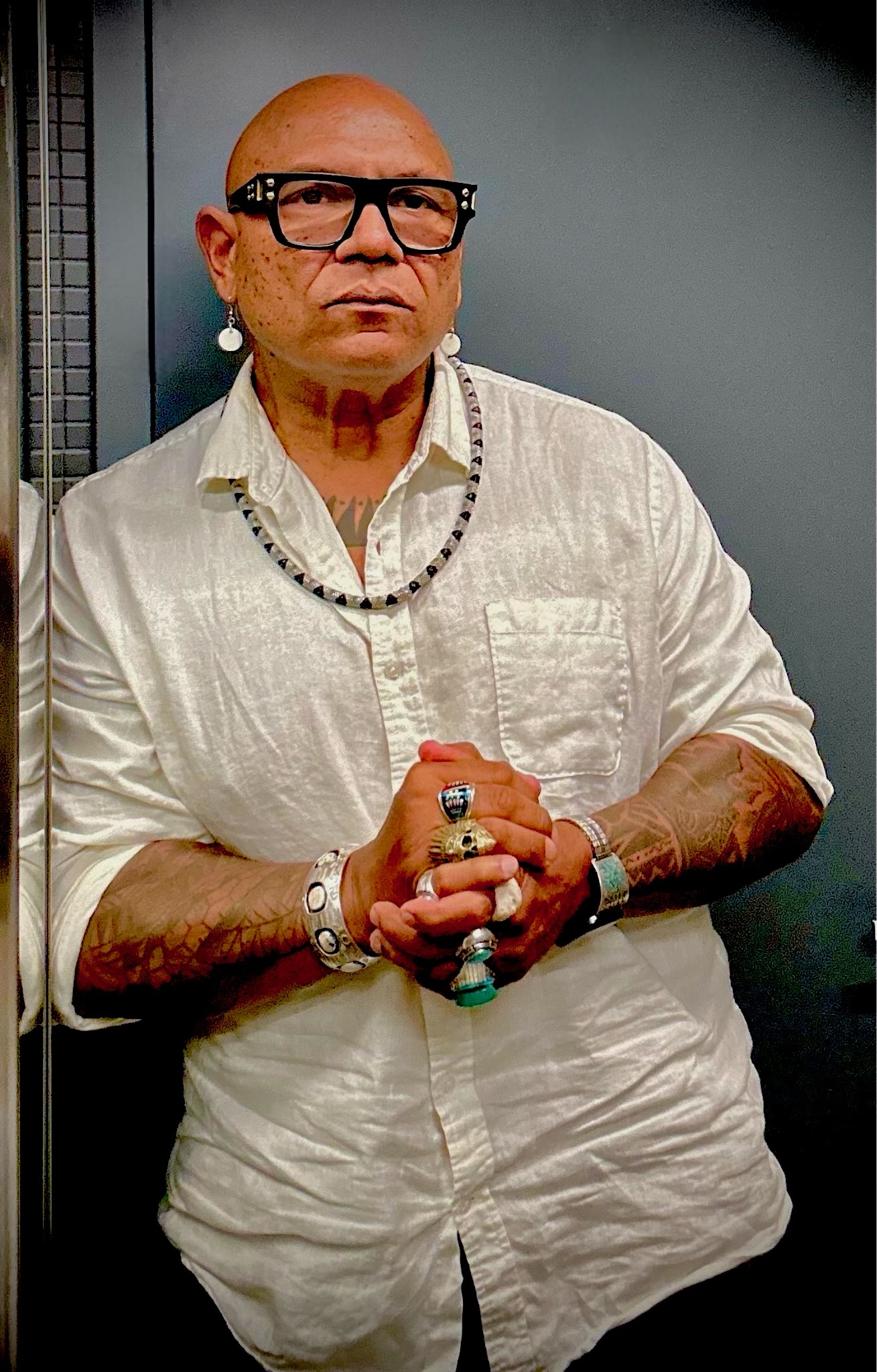29 October 2024
The Global State of Harm Reduction 2024: Foreword by Sam Rivera
Love people until they are ready to love themselves. My mother, an emergency room nurse for 42 years, taught me this mantra and it guides my work everyday. I have had the honour to lead OnPointNYC as it opened one of the first two sanctioned Overdose Prevention Centres in the USA. These have now been open for nearly three years. In this time, the incredible staff at OnPoint NYC have successfully intervened in over 1,500 overdoses and prevented thousands more.
After decades practicing and providing harm reduction, it was crucial to me that, at OnPoint NYC, we continue the longstanding practices of whole person care developed by Indigenous, Black and Brown communties. This means healing the body,
mind and spirit through wrap-around services, such as hygiene services, culturally nourishing food, mental health care and case management, acupuncture, sound therapy, respite spaces and strong community. As the language of harm reduction becomes more popularised in the USA and across the globe, the Global State of Harm Reduction 2024 reminds us that harm reduction is more than buzz words and services. True harm reduction is the epitome of meeting people where they are, without coercion or judgment. This requires developing a deep understanding of the people and communities we are serving.
As an Indigenous harm reductionist who is at the forefront of a cutting-edge harm reduction intervention in the USA, I am struck by how visible I am in contrast to Native people from the many lands I call home, who are made invisible by governments and institutional structures. This experience of intentional erasure through colonisation and oppression is true for so many Indigenous
communities across the globe. This erasure strips us of access to our ancestral connections, healing practices and identity.
For the first time ever, the Global State of Harm Reduction includes a chapter dedicated to Indigenous people. The chapter looks at perceptions and practices of drug use among Indigenous people around the world and harm reduction programmes
available to them. The report finds that there is still much work to do to increase access to harm reduction services among Indigenous communities, while also highlighting the ways Indigenous people blend their values, practices and knowledge with
harm reduction to create interventions that support long term healing of the mind, body and spirit.
In the Kainai Nation in Canada, for example, Dr Esther Tailfeathers leads harm reduction programmes for young people, emphasising a continuum of care model that spans prevention to aftercare. Indigenous health practitioners in Australia combine Western medicine with local Indigenous knowledge and healing techniques, which includes strong community links and culturally appropriate processes.
These innovations are important examples of how we are reintegrating and reintroducing our traditional ancestral practices into our global consciousness. I believe this year’s inaugural chapter will be the first of many chapters in the Global State of Harm Reduction exploring the contributions of Indigenous healing and the growth of advocacy to dismantle the ways colonisation has corrupted and coopted Indigenous medicine while punishing us for seeking our own wellness. As the global community will increasingly come to see, “we are the medicine”.
Seneko Kakona (abundant blessings),
Sam Rivera
Executive Director, OnPointNYC
Don't miss our events and publications
Subscribe to our newsletter
